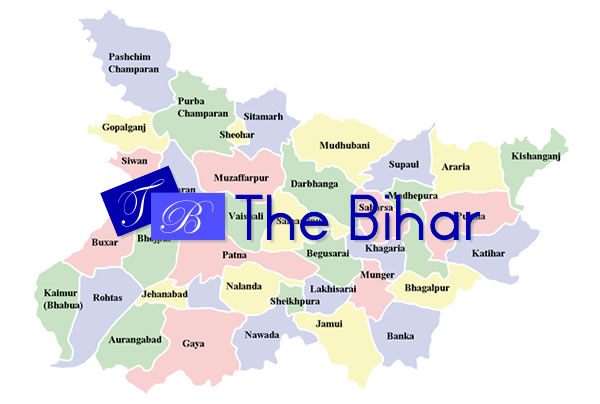Why Indian judiciary needs more women
2 min read In his Independence Day speech on Wednesday, Prime Minister Narendra Modi mentioned that there are now three women judges in the Supreme Court. While this is heartening, especially for a country in which gender imbalance is a chronic problem in almost every sphere, the larger problem is that there is a severe shortage of women judges at all levels of the judiciary.
In his Independence Day speech on Wednesday, Prime Minister Narendra Modi mentioned that there are now three women judges in the Supreme Court. While this is heartening, especially for a country in which gender imbalance is a chronic problem in almost every sphere, the larger problem is that there is a severe shortage of women judges at all levels of the judiciary.
Earlier this year, the Centre released a startling statistic: of the judges in the Supreme Court and various high courts, only 12% are women. The situation is worse in the lower judiciary: according to Vidhi Centre For Legal Policy report, Tilting the Scale, Gender Imbalance in Lower Judiciary, as of 2017, the number of women judges can be pegged at around 28% of the total strength. States such as Bihar (11.52%), Jharkhand (13.98%), Gujarat (15.11%), Jammu and Kashmir (18.62%), and Uttar Pradesh (21.4%) are the worst performing. On the other hand, Meghalaya (73.8%), Goa (65.9%) and Sikkim (64.7%) are at the higher end of the spectrum. While reservation may not be the answer to the problem, some states have gone down that road. For instance, Bihar, which has the worst gender proportion in the lower judiciary, has brought in 35% reservation for women in 2016. This deep gender imbalance in the judiciary is part of a larger narrative of lack of women in the workforce, and its negative impact on the economy. The last Economic Survey highlighted the fact that women’s participation in the workforce to the level of men has the potential to boost the Indian economy by up to 27%.
It’s not just the economic impact of the lack of women (judges) in the workforce that we should worry about. Women at all levels of judiciary are critical to address certain issues that can have very wide social and political ramifications: one, inadequate representation could aggravate biases in the courts; second, lack of women in courts lead to questions of the courts’ legitimacy as representative of the societies they serve; and third, presence of women judges signals equality of opportunity for women in the legal profession and an appointments process that is fair, non-discriminatory and based on merit.
Courtesy: Hindustan Times


